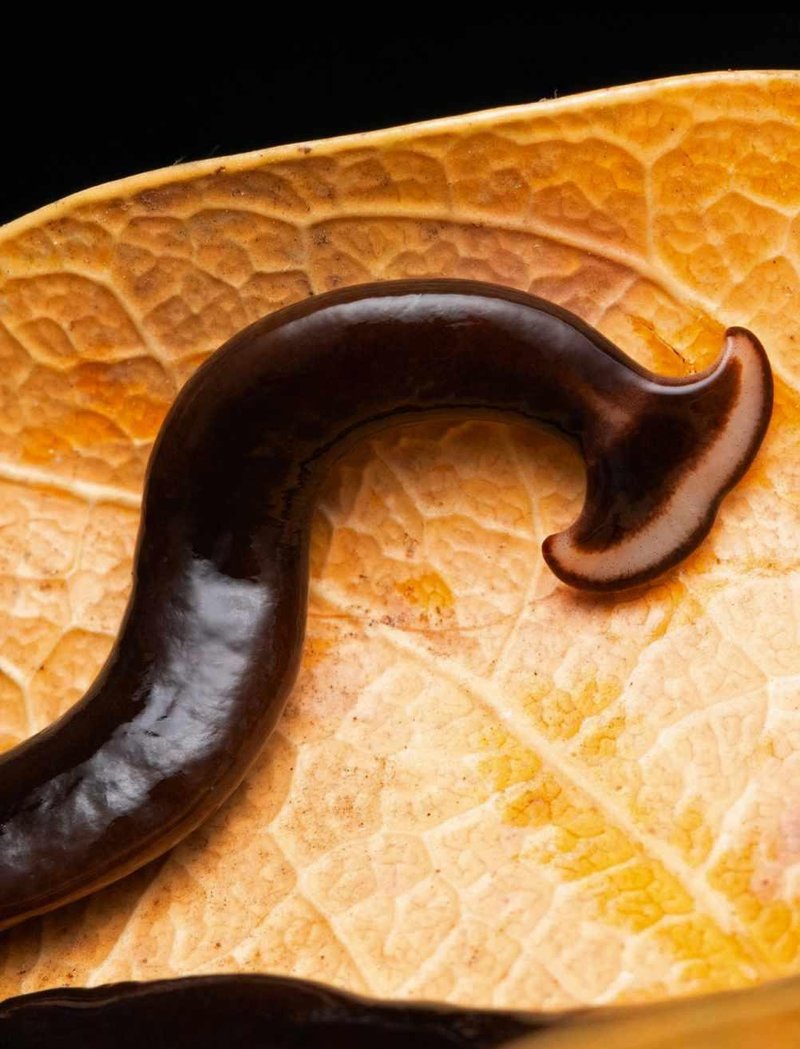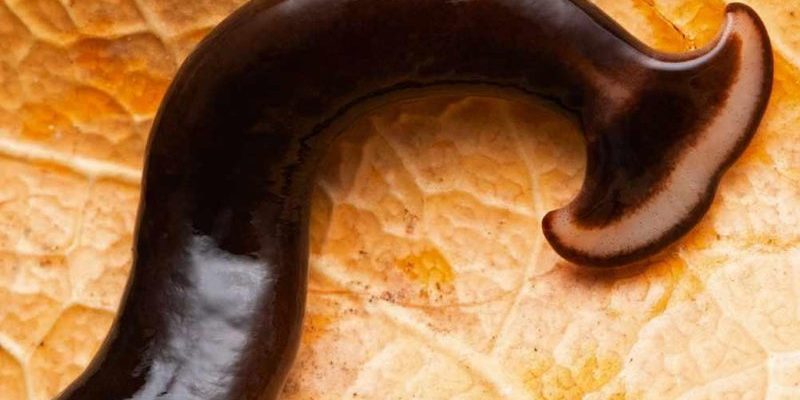
Hammerhead worms belong to a group called the **flatworms**, specifically the *Bipalium* genus. They’re mostly known for their distinctive hammer-like head, which sets them apart from typical garden worms. While some worms are harmless, others can be a little more concerning, especially when it comes to pets or local wildlife that might come across them. With their growing presence in many regions, understanding if they pose any threats is crucial for pet owners and nature enthusiasts alike.
Let’s explore the hammerhead worm’s characteristics, diet, and whether or not they’re toxic to your furry friends or the critters in the wild.
What Are Hammerhead Worms?
Hammerhead worms are not your average worms. They can range from about 4 inches to over a foot long and come in various colors, including brown, yellow, or gray, with striking patterns. They have a flat, elongated body, which gives them a unique profile. The hammer-shaped head is adorned with a pair of eyes at the sides. Honestly, they look like something out of a sci-fi movie!
These worms are native to the tropical regions and have made their way into other areas through plants or soil. They thrive in moist environments like gardens or woodlands, where they can often be found hiding under leaves or logs. You might be wondering about their behavior; hammerhead worms are **active hunters**. They feed primarily on smaller invertebrates like earthworms, which is a big part of why they’ve gained a reputation as garden pests.
Are Hammerhead Worms Poisonous?
Here’s the thing: while hammerhead worms are not considered poisonous in the same way some snakes or spiders are, they do possess a mild toxin. This toxin is primarily used for subduing their prey. So, if a pet or wildlife were to consume one, they might experience some mild symptoms, but a serious threat is very unlikely.
When it comes to pets, it’s essential to keep an eye on their behavior after they encounter a hammerhead worm. If a curious dog or cat decides to investigate these worms, they could end up with a tummy ache. Symptoms like vomiting or coughing could occur if they consume it, but severe reactions are rare. Always keep an eye on your pets and discourage any curiosity about these flat, squishy visitors.
What Happens If Pets Ingest Hammerhead Worms?
So, what can happen if a curious pet munches on a hammerhead worm? Typically, not much, but precautions are always a good idea! If your pet happens to eat one, it might lead to a few minor issues. Most commonly, you could witness:
- Vomiting: Your pet’s stomach may not take too kindly to the foreign object.
- Diarrhea: Their digestive system might react with some mild distress.
- Drooling: This could happen as a reaction to the taste or texture.
If you notice any of these symptoms, it’s best to reach out to your vet. They can give the best advice on whether treatment or monitoring is necessary. After all, it’s better to be safe than sorry!
Potential Risks to Wildlife
Hammerhead worms might not just be a concern for pets; they can also interact with local wildlife. Birds, amphibians, and other small animals might come across these worms in their natural habitats. While these creatures might not experience severe effects like a pet could, they’re still at risk if they consume hammerhead worms.
Some wildlife, especially birds, might be adept at handling various types of prey, including worms. However, if those army troops of worms start to overpopulate, the balance in the local ecosystem could be affected. Hammerhead worms can be quite voracious, eating through local populations of other invertebrates that help keep gardens healthy.
Are There Any Benefits to Hammerhead Worms?
You might be thinking, “Are hammerhead worms just a nuisance?” Not entirely! These worms can play a role in their ecosystems. While they are predators, reducing populations of certain pests, they can also help to **maintain the balance** in the soil.
In a garden setting, for example, while they might target earthworms primarily, they can control other pest populations that could cause damage to plants. However, the downside is that if they overpopulate, they can lead to too much predation on beneficial worms, which are essential for a healthy garden ecosystem.
How to Handle Hammerhead Worms Safely
If you spot a hammerhead worm in your yard, handling it with care is critical. Here are some steps to take if you decide to manage their presence:
- Don’t Touch with Bare Hands: Use gloves or a tool to avoid direct contact with the worm.
- Remove with Caution: If you need to get rid of it, consider relocating it far away from your garden rather than squishing it.
- Prevent Future Visits: Keep your garden tidy and well-maintained to deter hammerhead worms from feeling welcome.
While they’re not likely to harm your pets directly, maintaining a safe environment will keep both your pets and the local ecosystem happy.
In a nutshell, hammerhead worms might seem a little scary with their unusual appearance and predatory behavior, but they aren’t harmful to pets or wildlife in serious ways. They possess mild toxins and can cause mild discomfort if ingested, but keeping an eye on your pets and their interactions with these curious creatures should guide you.
Remember, while hammerhead worms may contribute to the complexity of your garden’s ecosystem, maintaining healthy soil and plants is essential. If you do notice your pets getting overzealous in their investigations, a gentle reminder to steer clear is always a good plan. Nature can be strange, but that’s part of what makes it so interesting, right?

